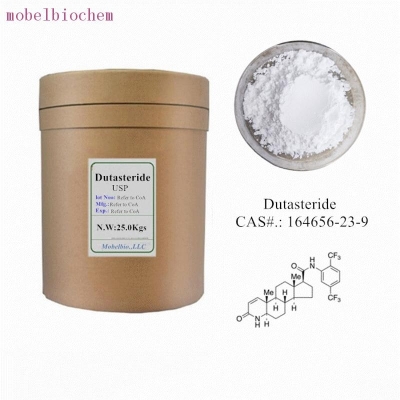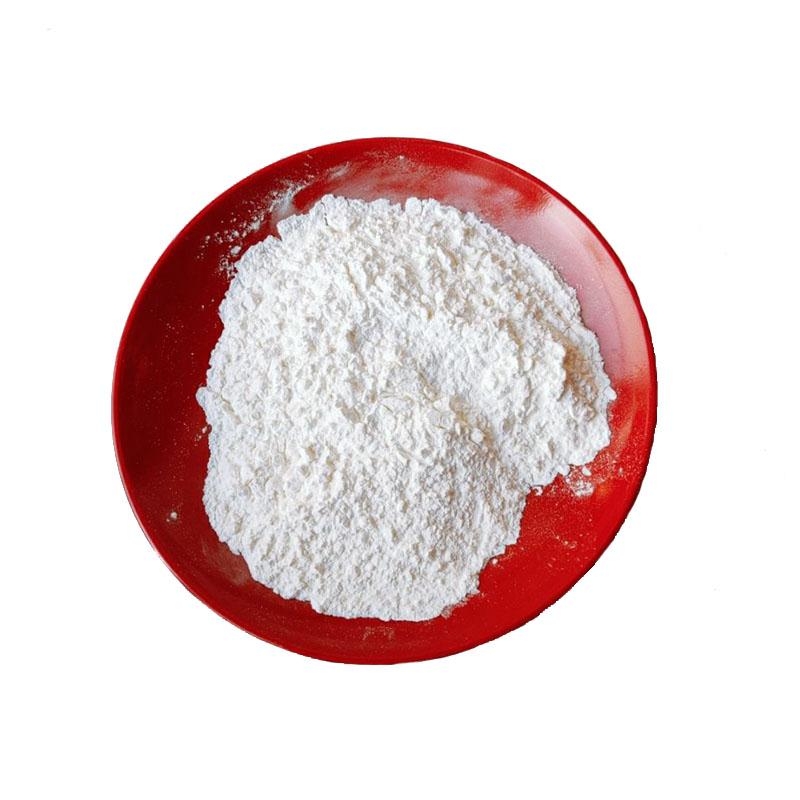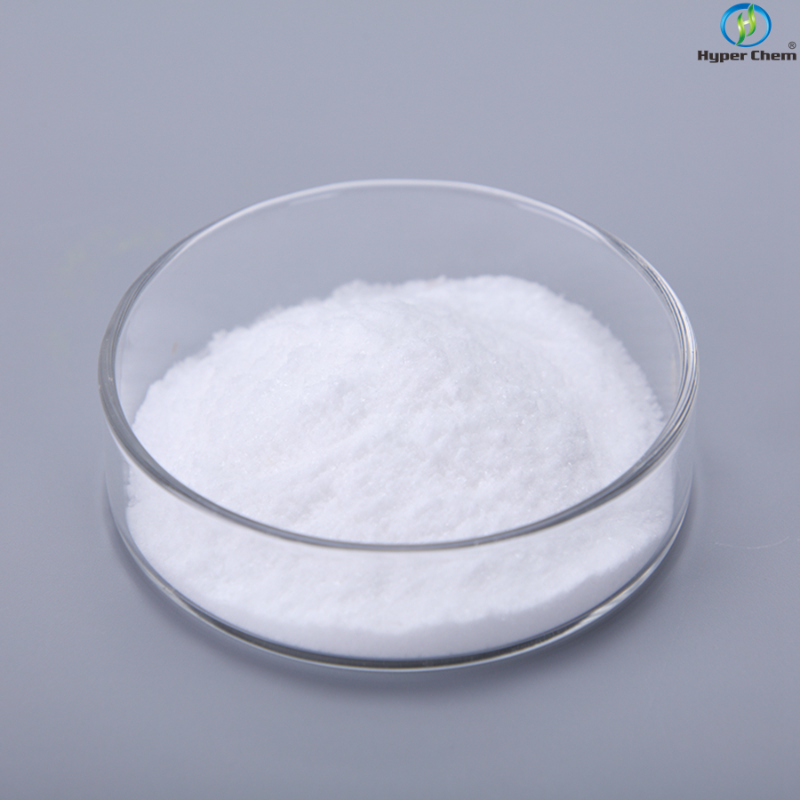-
Categories
-
Pharmaceutical Intermediates
-
Active Pharmaceutical Ingredients
-
Food Additives
- Industrial Coatings
- Agrochemicals
- Dyes and Pigments
- Surfactant
- Flavors and Fragrances
- Chemical Reagents
- Catalyst and Auxiliary
- Natural Products
- Inorganic Chemistry
-
Organic Chemistry
-
Biochemical Engineering
- Analytical Chemistry
-
Cosmetic Ingredient
- Water Treatment Chemical
-
Pharmaceutical Intermediates
Promotion
ECHEMI Mall
Wholesale
Weekly Price
Exhibition
News
-
Trade Service
People who find thyroid nodules today
More and more
Due to the fear of thyroid cancer
Thyroid nodules are caused by many people
Huge psychological pressure
Some people even have trouble sleeping because of this
Thyroid nodules certainly do not equal cancer
So what kind of nodules need surgery?
Thyroid ultrasound specialist, Department of Ultrasound, Run Run Shaw Hospital, Zhejiang University
Combined with domestic and international guidelines for ultrasound evaluation of thyroid nodules
Bring detailed science to everyone
Thyroid
Thyroid nodules are mostly benign
Although the thyroid gland is not large, it is an important endocrine organ of the human body, and its secretion of thyroxine has a great impact on children's growth and intellectual development, and also plays an important role
in the normal metabolism of adults.
Thyroid nodules are lumps within the thyroid gland, most of which are formed due to excessive proliferation of normal thyroid cells, so the vast majority are benign nodules
.
Only about 7%~15% of thyroid nodules are due to the malignant proliferation of thyroid cells, and finally develop into thyroid cancer
.
Thyroid
How does ultrasound distinguish between benign and malignant?
At present, high-resolution ultrasound is an important means to distinguish between benign and malignant thyroid nodules clinically, if ultrasound shows that the nodules are solid hypoechoic, irregular morphology, blurred edges, abundant internal blood supply, microcalcifications, aspect ratio greater than 1, and abnormal lymph nodes, it indicates the possibility
of malignancy.
If the ultrasound report has *C-TIRADS thyroid nodule malignancy risk classification, generally more than 4 types of nodules may be malignant
.
*There are many versions of the classification of malignant risk of thyroid nodules in the world, and the ultrasound department of Run Run Shaw Hospital of Zhejiang University currently adopts the Chinese version of TI-RADS (C-TIRADS)
What do I need to do to find benign nodules?
The vast majority of benign nodules only require follow-up, and the key is to do regular ultrasound without aggressive surgery
.
Of course, benign nodules continue to enlarge can also be harmful, there are the following conditions may need to seek medical attention as soon as possible: if the nodules grow too fast, the nodules are too large, compressing the esophagus, trachea, nerves, resulting in dysphagia, dyspnea and hoarseness
.
Thyroid
Do potentially malignant nodules have to be operated?
If thyroid ultrasound is suspected of malignant nodules, a fine needle aspiration biopsy (FNA) is also required to obtain pathological results, and the final pathological result is the gold standard
.
Chinese experts summarized the application practice of FNA in patients with thyroid nodules, and pointed out in the 2018 edition of FNA guidelines:
● If ultrasound observation finds suspicious malignant features and a diameter of > 1cm, fine needles need to be considered;
● For patients with a diameter of ≤ 1cm with suspicious malignant features, FNA examination
is required if other high-risk factors for thyroid cancer are also present.
Thyroid
Nodules grow
Can you still eat seafood at will?
In fact, the iodine content of various seafood is high or low, and whether to avoid iodine has nothing to do with whether it has a long nodule, and whether the thyroid function is good or not
.
Patients with several types of nodules accompanied by hyperthyroidism need to strictly avoid iodine, while patients with simple thyroid nodules (those with normal thyroid function) have no contraindications to iodine, and can safely use iodized salt to eat iodine-rich foods
such as seafood, seaweed, kelp, etc.







